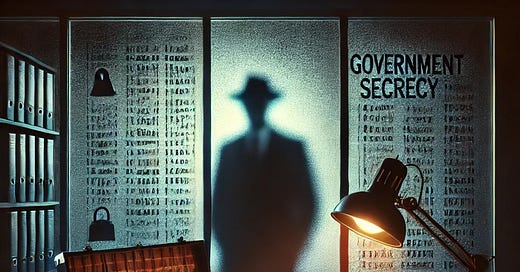For over sixty years, the official story of John F. Kennedy’s assassination has been that Lee Harvey Oswald acted alone—a lone, disturbed gunman who changed the course of history with a single rifle shot from a Dallas book depository window. But the latest declassified files paint a very different story—a story of intelligence failures, deliberate cover-ups, and a conspiracy that reaches deep into the heart of America’s government and its foreign entanglements.
The newly released documents confirm that Oswald was not some rogue figure operating in isolation. In fact, he was under surveillance by the CIA in Mexico City in the weeks leading up to the assassination. Oswald had contact with Soviet and Cuban operatives, and U.S. intelligence agencies were fully aware of his movements and communications. The burning question is: If they knew, why wasn’t he stopped? The only plausible answer is chilling—because stopping him was never the goal.
The files further reveal that key testimonies were suppressed or outright altered before reaching the Warren Commission. Witnesses who described hearing shots from the grassy knoll or seeing suspicious figures near the fence line were quietly ignored. Ballistic evidence suggesting that more than one shooter was involved was redacted. The lone gunman theory, long treated as gospel truth, now stands exposed as a carefully constructed fiction.
But the conspiracy doesn’t end there. The files confirm that Oswald was tied to figures involved in the CIA’s anti-Castro operations—figures who had direct ties to organized crime. The Mafia, which had worked with the CIA on assassination attempts against Castro, appears to have been involved in the orchestration or execution of the Kennedy hit. Why? Because Kennedy’s resistance to escalating the conflict in Vietnam and his desire to dismantle the CIA’s black operations made him a threat to the military-industrial complex and the shadowy alliances that controlled it.
One of the most disturbing revelations in the new files is the role of foreign intelligence. Oswald’s handlers in Mexico City may have been tied not only to the CIA but also to foreign agencies—possibly Soviet or Cuban operatives. If true, this means that the Kennedy assassination was not simply a domestic coup—it was a complex geopolitical operation, where the lines between foreign and domestic enemies were deliberately blurred.
The cover-up was as much a crime as the assassination itself. High-level officials within the Executive Branch were involved in pressuring intelligence agencies to alter the narrative and protect certain key figures. The Warren Commission wasn’t tasked with uncovering the truth—it was tasked with providing a palatable story that would protect the institutions involved. The goal was never to find the truth; the goal was to keep the public from knowing just how deep the rot went.
What these files expose is nothing short of treason. The President of the United States was killed in broad daylight—not by a lone radical, but by a coordinated effort involving the intelligence community, organized crime, and possibly foreign agents. The American people were fed a carefully orchestrated lie—a lie that shaped the course of history and cemented the rise of the deep state.
Kennedy’s death wasn’t just a tragedy—it was a message. A message to future presidents that resistance to the military-industrial complex, the intelligence community, and their criminal allies would not be tolerated. Eisenhower warned about this in his farewell address, but Kennedy’s death was the proof. No president since has dared to directly challenge the CIA or the deep state apparatus—and for good reason.
What these files reveal is that the assassination of John F. Kennedy wasn’t a random act of violence—it was a coup. And the cover-up that followed was not just about protecting the perpetrators—it was about preserving the machinery of control that remains in place to this day.
The truth is no longer hidden. The question now is: What will we do with it?
Silence Dogood
Files used for this article:
https://www.archives.gov/files/research/jfk/review-board/report/arrb-final-report.pdf
https://www.archives.gov/files/research/jfk/releases/2025/0318/202-10002-10124.pdf
https://www.archives.gov/files/research/jfk/releases/2025/0318/202-10001-10219.pdf




